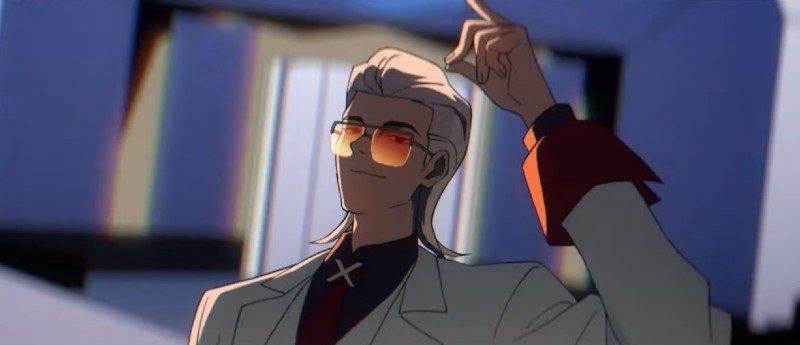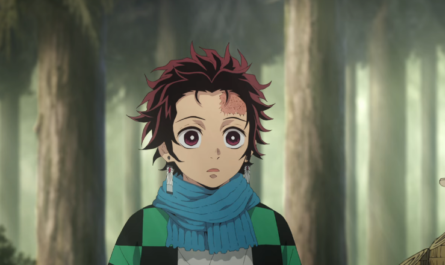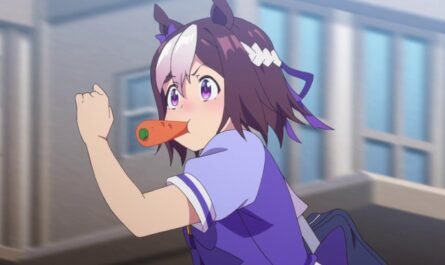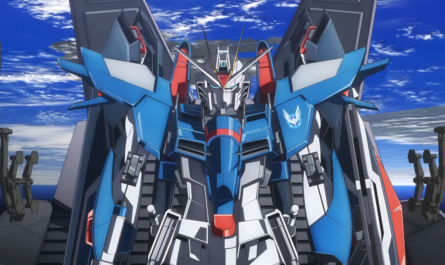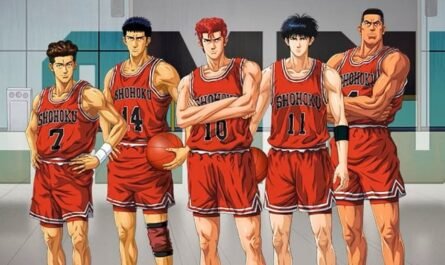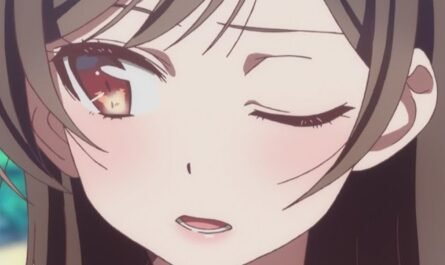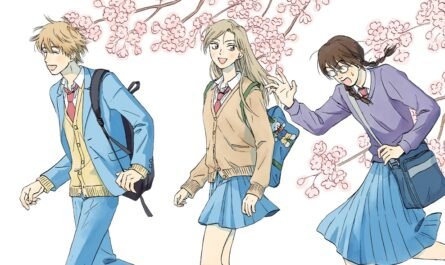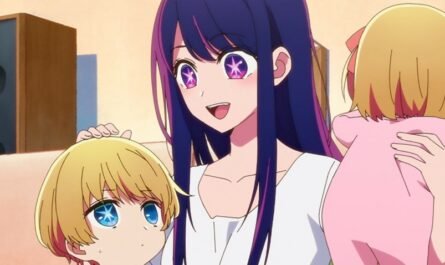Spring 2025 Chinese animation lineup
This spring, several Chinese anime are sweeping the Japanese anime scene. Two Chinese anime have been airing on Fuji TV since April. One is the Sunday morning anime “To Be Hero X” (2025), which began as a follow-up to “One Piece”. It is the third installment of the “To Be Hero” series, which aired in 2016.
The other is “Stop Your Nosebleed with This Love” (2025), which is being aired on the late-night anime program slot “B8station.” B8station was established in 2023 in partnership with Fuji TV and the Chinese video site “Bilibili,” which also produced “To Be Hero X.”
Also, in the movie world, the subtitled version of the 3DCG anime “Nata: The Rampage of the Madou” (2025, hereafter “Nata 2”), which surpassed Disney to become the highest-grossing animated film of all time in the world, has been released in theaters since April 4th.
A sequel to 2019’s Nata: Madou Kourin, Nata 2 continues from where its predecessor left off. It begins with the disembodied Nata and Gohei trying to regain their bodies. It ends with them defeating enemies alongside the Dragon King in this epic two-and-a-half-hour production based on the novel Hoshin Engi.
The Rise of Chinese Animation
I am not an expert on the recent trends in Chinese animation. Nevertheless, I have seen the presence of Chinese animation rapidly increase in Japan for several years before and after the COVID-19 pandemic, such as the films “The Legend of Hei: The Future I Choose” (2019) and “The Lion Boy” (2021), which became unprecedented hits through word of mouth, and the “Link Click” series (2021-2023), directed by Li Haolin of the “To Be Hero” series and featuring key staff members of Shinkai Makoto’s animations, such as Takumi Tanji and Tenmon.
China has restricted the television broadcasting of foreign animation since the mid-2000s while promoting the digital creative industry (digital creative industry), such as animation and games, at the national level. Starting with Journey to the West: The Hero is Back (2015), which became a social phenomenon in China in the mid-2010s, a new era of 3DCG animation has arrived, and in recent years, this momentum has just started to spread to Japan.
These works are produced with overwhelmingly high-quality 3DCG technology, and as was discussed in The Legend of Hei, the influence of modern Japanese anime and manga is noticeable. In this column, I will summarize the themes in two Chinese animations this season, their historical parallels with content from other countries, and their relationship with Japanese anime, focusing on comedy depictions.

